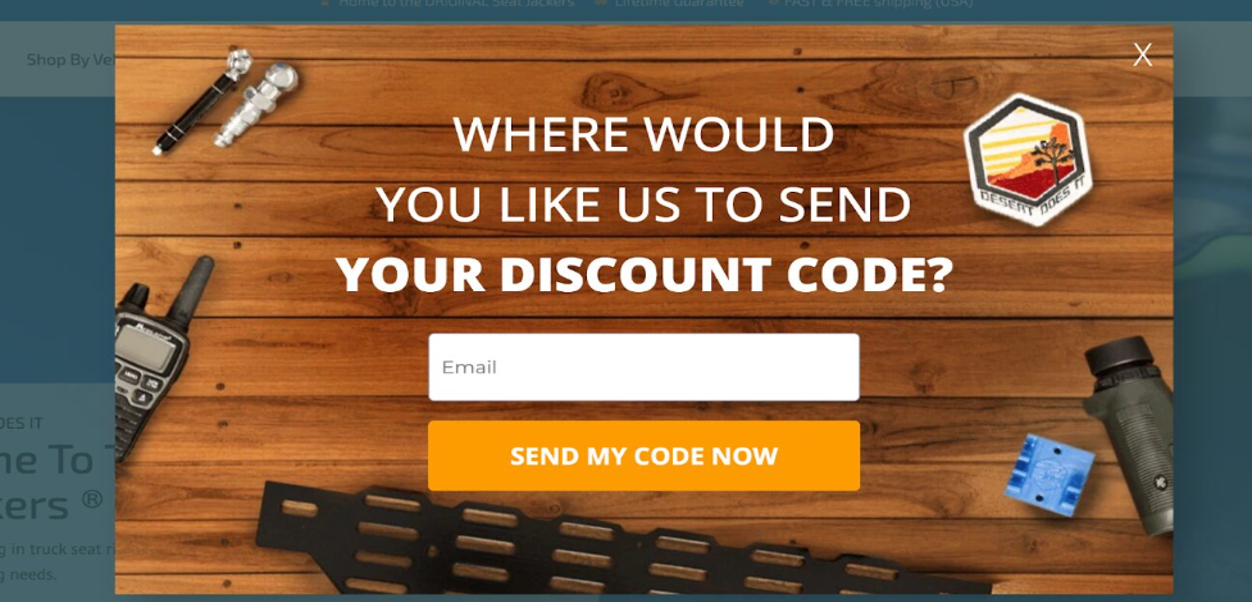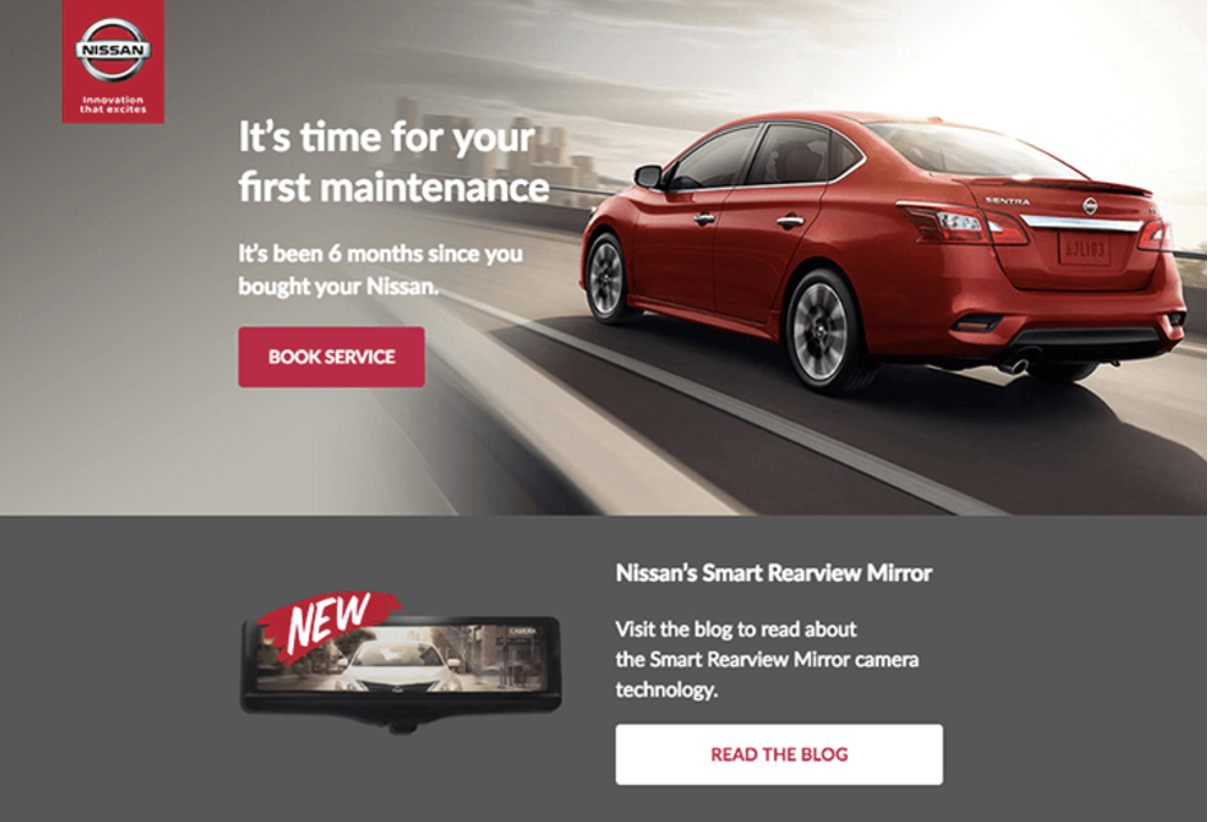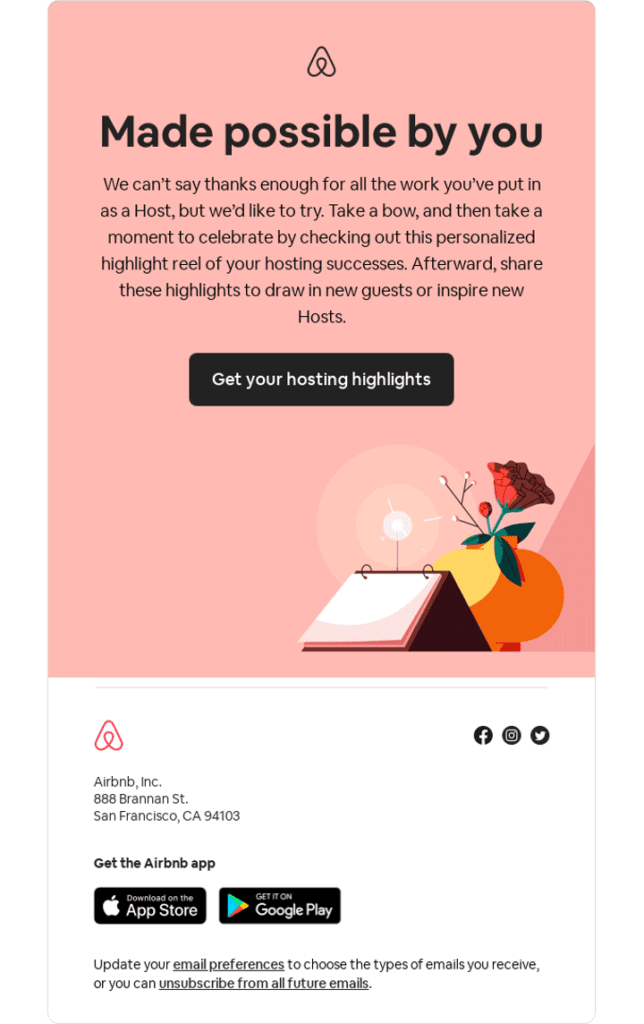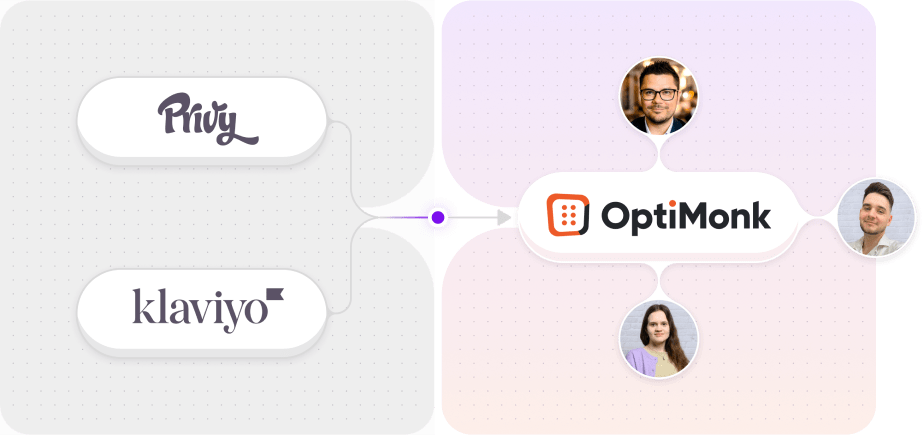Table of Contents
Today, consumers will come across ads everywhere—while searching online, browsing on social media, and even listening to their favorite music. These constant temptations could keep them from buying from your company. Even if they’ve been satisfied customers in the past.
That’s why it’s important to nurture your leads and customers. And what better way than email marketing?
Email lead nurturing helps businesses form one-on-one relationships with their audience. Without third parties involved, communication feels more genuine, more personal.
By sending nurturing emails, you can give leads a gentle nudge down the sales funnel. And stay top of mind for your existing, happy customers.
In this article, we’ll share how to create a memorable email lead nurturing strategy where email subscribers don’t feel forced to act on your promotions. Far from that, they’ll feel so special that they want to put their trust—and money— in your products or services.
Let’s dive in!
What is a lead nurturing email campaign?
A lead nurturing email is a campaign that marketing teams send to prospects who have shown interest in their brand’s offerings but haven’t yet converted into customers.
From a brand perspective, a lead nurturing email campaign serves to build a trusting relationship with your audience.
As leads engage with your company through your lead nurturing tactics, they feel more confident to move to the decision stage and buy your products or services.
Why does it matter?
So, a lead nurturing strategy is mainly about building trust and convincing email subscribers to commit to a purchase.
But there’s more to lead nurturing email campaigns:
- They’re cost-effective. Lead nurturing emails allow you to reach a large number of people without going overboard, budget-wise. You just need a reliable email marketing platform with personalization capabilities to tailor your message, urging subscribers to further engage with your brand. For instance, they may click on your CTA to visit your blog, interact with your social media accounts, or navigate through your product page.
- They’re easy to set up. You can automate lead nurturing emails, setting them once and reaching every subscriber at certain stages within their customer lifecycle. Without spending more time and effort on it, your recipients receive the most relevant messages when they perform specific action, such as abandoning their shopping carts.
- They keep your brand top of mind. Lead nurturing is an essential step in connecting subscribers with your offerings and keeping your brand top of mind until they’re ready to buy. Even more importantly, they do so without showing readers you’re just after the hard sale. Instead, you care to offer solutions and improve their experience.
- They lead to more sales. When set up properly, an email lead nurturing strategy helps you convert leads in less time. By keeping subscribers in the loop and sharing valuable information, you engage in an ongoing and meaningful conversation with them. Which, in turn, makes them more sales-ready.
5 best practices to get the most out of your email lead nurturing process
Setting a lead nurturing process lays the groundwork for moving your prospects one step closer to convert into paid customers.
Below, we’ll go through the key practices to make it as effective as possible.
1. Use lead generation to understand subscribers
Lead generation isn’t just about growing your email list. It’s about growing your email list with the right audience.
When you put more effort into your lead generation, you set the foundation for a lead nurturing campaign faster. Because the more qualified leads you attract in the first place, the greater your chances of nurturing those leads into happy customers.
To understand your audience, start with your lead generation forms. The data you’ll collect will help you understand whether they’re indeed qualified leads—worth nurturing.
Let’s consider the case of Desert Does It, a small ecommerce business specializing in car and truck accessories. Their marketing agency used OptiMonk to create a multi-step popup quiz. The goal was to gather data to understand visitors’ preferences and get them to subscribe to the brand’s newsletter.
What incentivized visitors to fill in such information? After completing the quiz, they would unlock a 5% discount code, which was sent to the email address provided during the quiz:

Through personalized questions, Desert Does It gained access to key insights such as the type of vehicle visitors were shopping for. And these insights are great for lead nurturing emails, such as personalized product recommendations.
Capturing audience data doesn’t end with new leads, though.
You can learn more about your existing subscribers, too, with email surveys, quizzes, or polls. This means that you can discover how their interests change over time and what pain points they face, and provide targeted solutions through email lead nurturing communications.
2. Personalize your messages
As email marketing tools become more sophisticated, consumers expect to get timely, high-relevant emails. Personalization is the extra touch that will help your email stand out. When it comes specifically to email lead nurturing, personalization is about taking subscribers on a journey destined just for them.
In our previous example, Desert Does It was able to personalize their communication after collecting relevant data from car owners.
But email personalization doesn’t work only for small online stores. Likewise, any large or local car dealership can adjust their automotive email marketing strategy and deliver personalized messages based on info like demographics, purchase history, or interests.
For instance, they can nurture existing customers by sending email reminders about routine maintenance based on their buying and service history or car type. Just like this service email reminder sent by a Nissan dealership once six months passed from the purchase:

Besides the reminder, the email has a secondary CTA leading recipients back to the company’s blog to find out more about the brand new Smart Rearview Mirror camera technology.
Depending on your products or services, and the info you’ve collected from your subscribers, build different segments so you can always send the right messages to the right people. When customers get emails that match their interests, they’re more likely to engage with those emails, and eventually buy from you.
3. Send more than a single email
Building relationships with leads takes time. You’ll have to show them you care, be there to solve their problems, and offer solutions and valuable tips.
It’s vital to keep nurturing leads every step of the customer journey. And it will take more than a single email after signing up.
There’s no magic formula here. Usually, it depends on your objective, industry, and target audience. Sometimes a timely email could make the difference, like a replenishment email taking into account their last order. Or, an abandoned cart email series will nudge leads to complete a purchase.
You can always run A/B tests to understand the email frequency that resonates with your audience. As a rule of thumb, send:
- Weekly or monthly updates along with useful resources to stay top of mind
- Automated campaigns for specific triggers like birthdays or cart abandonments
- Ad-hoc lead nurturing emails for irregular communications like flash sales and new product announcements
4. Include testimonials and reviews
As you’re building your email lead nurturing strategy, you’ll realize you need valuable content to guide readers towards understanding the full potential of your products or services. Of course, your team will create such content. But there’s another way to highlight your value proposition: social proof.
This strategy works for new and existing customers. They both want to know what other consumers have to say about your products and how they can make the most of them. Video testimonials are more relatable as they feel more authentic.
To take it one step further, consider using storytelling techniques. For example, if you want to include a case study in one of your emails, instead of sharing just numbers and facts, present the story of your customer, focusing on how they feel after seeing positive results from your products or services.
However, not every lead nurturing email should be solely around social proof. Complement your content with a testimonial at the footer of your email or even a link to a YouTube video where you present one of your case studies.
Here’s an effective lead nurturing email example from Three Nails investing in the power of social proof:

From the subject line “5-Star Reviews” to the email design, everything in this email is centered around the customer reviews.
The brand uses just the right elements to convince readers that these products are all it takes to improve their daily lives. The star ratings and flattering reviews, along with the high-quality product images are enough to do the trick in this simple yet powerful email.
5. Pay attention to your CTAs
Including a great CTA in your lead nurturing email is a critical part of turning interest into action. It’s that email element that guides recipients towards the next step. Therefore, you must put a lot of thought into it.
Before anything, you should answer an important question: What do I want my subscriber to do?
Then comes the how to invite them to take action. What you need is to make sure your CTA is:
- Simple, straightforward, and action-oriented so users act on it instantly
- To the point, leaving no doubt to readers on what comes next
- Valuable, showcasing the benefits of clicking for your audience
- Prominently placed, you don’t want recipients skimming through your email to find it
- Aligned with the overall objective of your email campaign
- Visually appealing with enough color contrast and readable fonts to grab attention
- Properly sized, not too large so it doesn’t interrupt the email experience yet not too small so users on mobile can click on it
- Urgent to encourage immediate action—without getting pushy or overly promotional, though

Establish trust with email lead nurturing
Nurturing emails are based on behaviors. They may include email signups, browsing history, or website interactions. The point of such emails is turning these common behaviors into opportunities to generate high-quality leads and, eventually, conversions.
But email lead nurturing does more than promote your offerings. They connect consumers to your business. They’re value-driven campaigns, meant to educate, enlighten, and raise brand awareness. Besides that, email lead nurturing is about establishing trust and fostering lasting relationships with customers.
An overlooked approach in lead nurturing emails is anticipating your readers’ needs. To stand out, focus on offering proactive solutions to their potential pain points. In other words, use any data at your disposal to predict the challenges they might face before they become real.
And make sure you address them with purposeful email content and one-of-a-kind offerings. This is probably one of the most effective ways to position yourself as an authority. Even more importantly, you’ll make your subscribers see you as a helpful companion rather than a persistent seller.
About the author
Maria Fintanidou works as a copywriter for email marketing automation software Moosend, having created the Help Articles (FAQs) and overseen the platform’s translations in Greek and Spanish. She loves exploring new cultures and ways of thinking through traveling, reading, and language learning.
Migration has never been easier
We made switching a no-brainer with our free, white-glove onboarding service so you can get started in the blink of an eye.

What should you do next?
Thanks for reading till the end. Here are 4 ways we can help you grow your business:
Boost conversions with proven use cases
Explore our Use Case Library, filled with actionable personalization examples and step-by-step guides to unlock your website's full potential. Check out Use Case Library
Create a free OptiMonk account
Create a free OptiMonk account and easily get started with popups and conversion rate optimization. Get OptiMonk free
Get advice from a CRO expert
Schedule a personalized discovery call with one of our experts to explore how OptiMonk can help you grow your business. Book a demo
Join our weekly newsletter
Real CRO insights & marketing tips. No fluff. Straight to your inbox. Subscribe now
- Posted in
- Marketing
Partner with us
- © OptiMonk. All rights reserved!
- Terms of Use
- Privacy Policy
- Cookie Policy
Product updates: January Release 2025








